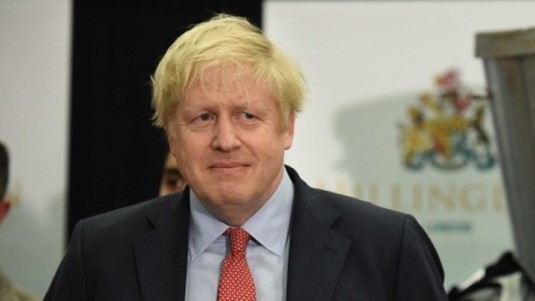
| Party | Candidates | Vote | % | Vs 2018 | Vs 2017 | Average | Seats |
| Con | 210 | 168,448 | 32.7% | -2.9% | -2.2% | 802 | -6 |
| Lab | 192 | 140,745 | 27.3% | -4.9% | -4.0% | 733 | -14 |
| LDem | 186 | 96,762 | 18.8% | +1.2% | +1.3% | 520 | +17 |
| UKIP | 42 | 7,377 | 1.4% | +0.2% | -2.3% | 176 | +1 |
| Grn | 105 | 30,942 | 6.0% | +1.6% | +1.4% | 295 | +2 |
| SNP* | 13 | 18,078 | 3.5% | +1.0% | +1.6% | 1,391 | +2 |
| PC** | 12 | 3,601 | 0.7% | +0.5% | +0.6% | 300 | +2 |
| Ind*** | 125 | 35,054 | 6.8% | +1.9% | +2.8% | 280 | -3 |
| Oth**** | 66 | 13,807 | 2.7% | +1.2% | +0.8% | 209 | +3 |
* There were 13 by-elections in Scotland
** There were 18 by-elections in Wales
*** There were 23 Independent clashes
**** See the quarterly round ups for the results from smaller parties
The figures hide a turbulent year. Hard to believe that in the first two quarters Labour were leading the Tories, and then we had the European Union elections and its stark polarisation around leave and remain, followed by the pantomime of Tory disarray, the departure of Theresa May, the blundering of Boris Johnson and, finally, his election triumph. How the polls bounced around and did their thing are played out in the quarterly and the monthly totals
Apart from that, what else is there to say that hasn't been covered here and elsewhere?
NB The discrepancy in seats gained/lost arise from a handful of new seats getting contested for the first time.
No comments:
Post a Comment